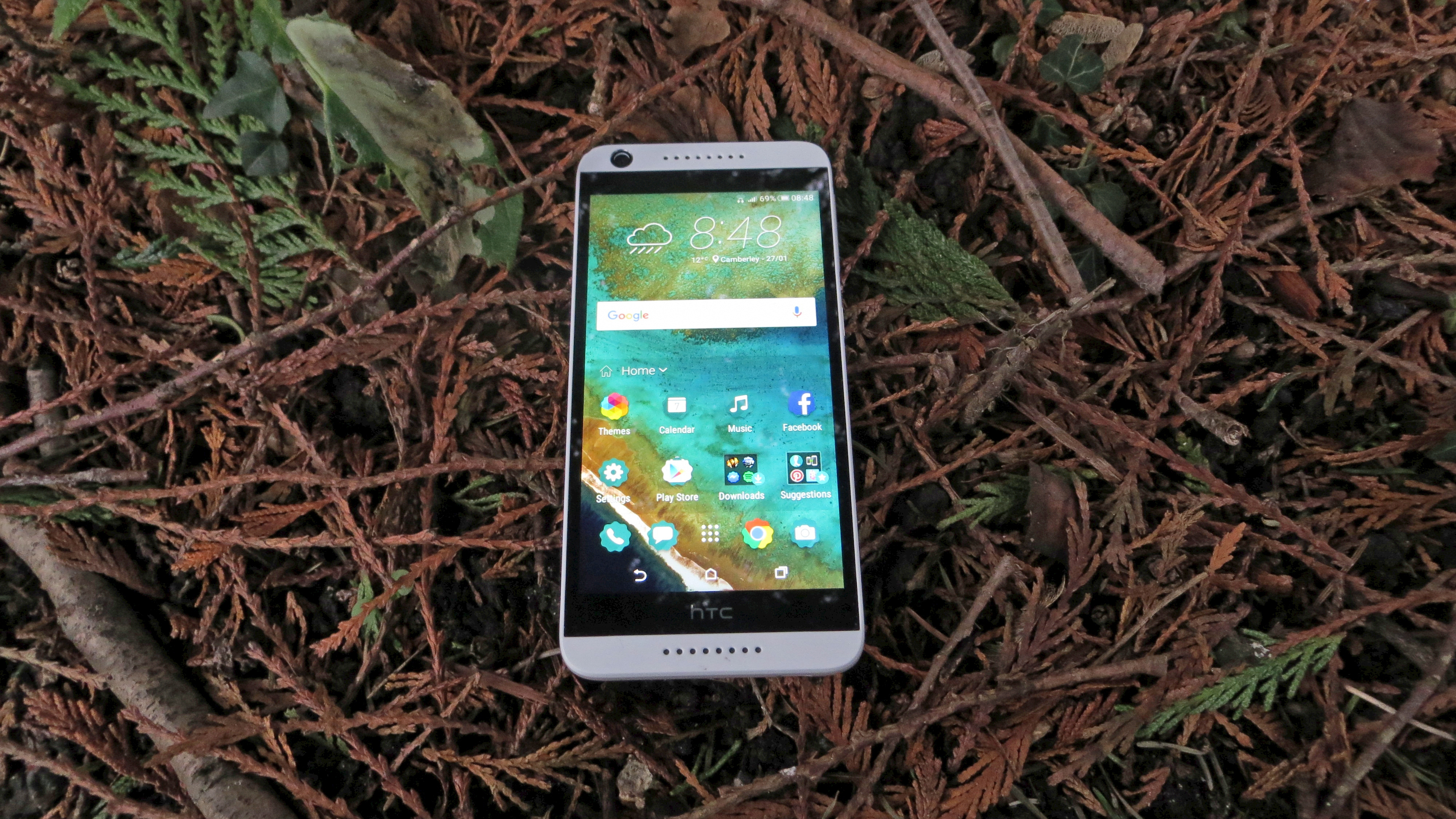Why you can trust TechRadar
While the HTC Desire 626 doesn't go quite as deep into hardware customization as the Moto G, it does have a few different and distinct color schemes, which help it stand out.
As well as those it also goes in for plenty of software theming, enabling you to change the look of your home screen right down to the sound effects, fonts and icons.
Although Android is endlessly customization anyway, it's rare that you find so many tools built in by a device manufacturer – instead you have to venture into the depths of Google Play to find what you need. So this is a fast, easy way to make the phone your own.
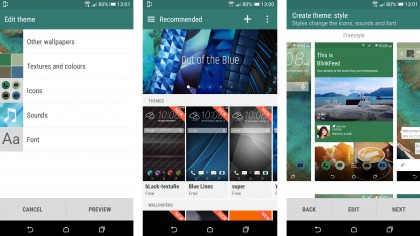
Interestingly, you can also create your own themes, with color schemes selected based on your wallpaper. That's not the end of the customization either, as the Desire 626 also has a home screen with different profiles for whether you're at home, work or out.
Which one of these is selected will determine which apps are presented to you, which is handy if you tend to use different apps in different places.
The phone takes a stab at guessing which apps you'll want for each situation, but you can always change them to your liking. Or just not use the feature at all – personally I prefer having a consistent home screen.
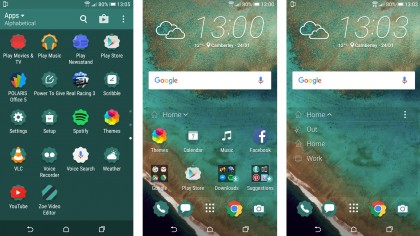
The Desire 626 isn't the only HTC phone with these features, but having access to them on a budget handset is nice, and they make what's already one of the most stylish Android skins that little bit better.
Sign up for breaking news, reviews, opinion, top tech deals, and more.
While I'm talking interface I should mention BlinkFeed, which is present and correct. Swiping left from your home screen brings up this ever-updating feed of content from social media and news sources of your choice.
It's great to kill a few minutes with, or check once or twice a day for anything that catches your eye, but BlinkFeed has never felt like a must-have feature to me. The content is limited, and you can get a similar experience from any number of apps.
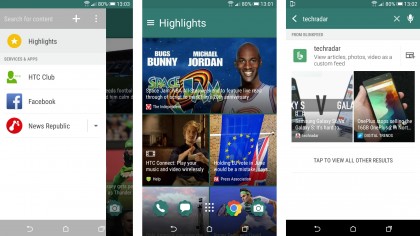
The screen is worth highlighting too. There's a 5.0-inch 720 x 1280 display here, with a pixel density of 294 pixels per inch. That's a match for the Moto G, which is arguably its main rival, but beyond that it's also a good spec for the money, delivering sharp visuals and reasonably rich colors.
It's not the brightest screen I've seen though, which can be an issue on sunny days, when it becomes hard to see. There's also no mention of Gorilla Glass, so I'd be extra wary about dropping it.
Given the £169.99 (US$179.99, around AU$257) price of the HTC Desire 626 the other specs are more than reasonable too.
You get a 1.2GHz quad-core Snapdragon 410 processor, which is pretty standard at this price, but you also get 16GB of storage, 2GB of RAM, a 13MP rear camera and a 5MP front-facing one. That, again, is pretty much identical to the Moto G 3rd gen, which is king at this price.
Performance
The HTC Desire 626 runs Android 5.1, overlaid with Sense 7. I'd always rather have stock Android than a manufacturer's skin, but if I must have something on top Sense isn't a bad option.
It's not evolved all that much, although the theme store at least lets you make it your own, but to my mind it's an attractive interface, and when it comes to all-important navigation it's almost as easy to get around as stock Android.
On the Desire 626 it's also pretty speedy under the finger. The phone's working with a 1.2GHz quad-core Snapdragon 410 processor, which is a pretty standard entry-level chip, but it's been given a boost by pairing it with 2GB of RAM.
This gives the phone all the oomph it needs for day to day use. I didn't notice any lag when swiping around the home screens, and for the most part using apps was fine too.
There were some instances of slowdown though. Launching apps can sometimes take a few seconds, and at times there was a noticeable pause when jumping between tabs on Google Chrome.
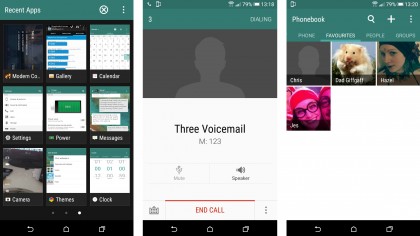
I also found that the multitasking screen could take a few seconds to populate, although once it did actually jumping between apps on it was almost instantaneous.
These are very minor issues, and not ones that I'm surprised to see in a phone of this price; but they are noticeable, and you don't get the smooth experience you would with a higher-end handset.
Gaming on the Desire 626 generally proved pretty reliable. Real Racing 3 ran fine, except when 'achievements' popped up, which would cause a moment of lag, on one occasion almost causing me to crash out. Modern Combat 5 wasn't always silky smooth, but it remained perfectly playable, and less-demanding games posed no problem.
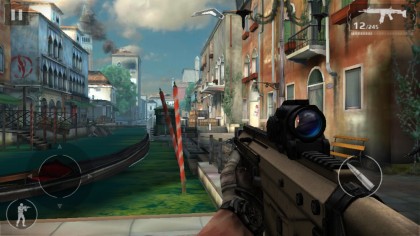
Games also look good on the sizeable and sharp 5.0-inch 720p screen. Plus, the phone never ran hot, so while an extended gaming session might give your battery a beating it won't fry the phone, or your hands.
Putting the Desire 626 through GeekBench 3 gave an average single-core score of 516 and an average multi-core score of 1544. That's a solid score, but not an exceptional one, even for the price – it's a little lower than the 1600-scoring BQ Aquaris X5, which also has 2GB of RAM, but has a slightly nippier Snapdragon 412 chip.
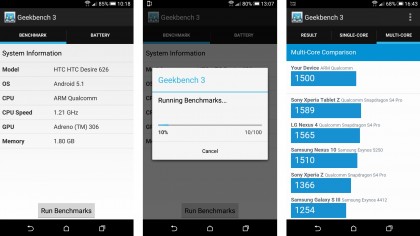
It's also marginally lower than the 1GB version of the Moto G. That phone averaged 1590, despite having half the RAM of the Desire 626 and selling for less. So I'd have liked to see a little more from the Desire.
Still, one thing I will give a shout-out to is call quality. This was fine throughout, with calls coming in loud and clear.
Current page: Key features and performance
Prev Page Introduction and design Next Page Battery life and cameraJames is a freelance phones, tablets and wearables writer and sub-editor at TechRadar. He has a love for everything ‘smart’, from watches to lights, and can often be found arguing with AI assistants or drowning in the latest apps. James also contributes to 3G.co.uk, 4G.co.uk and 5G.co.uk and has written for T3, Digital Camera World, Clarity Media and others, with work on the web, in print and on TV.
